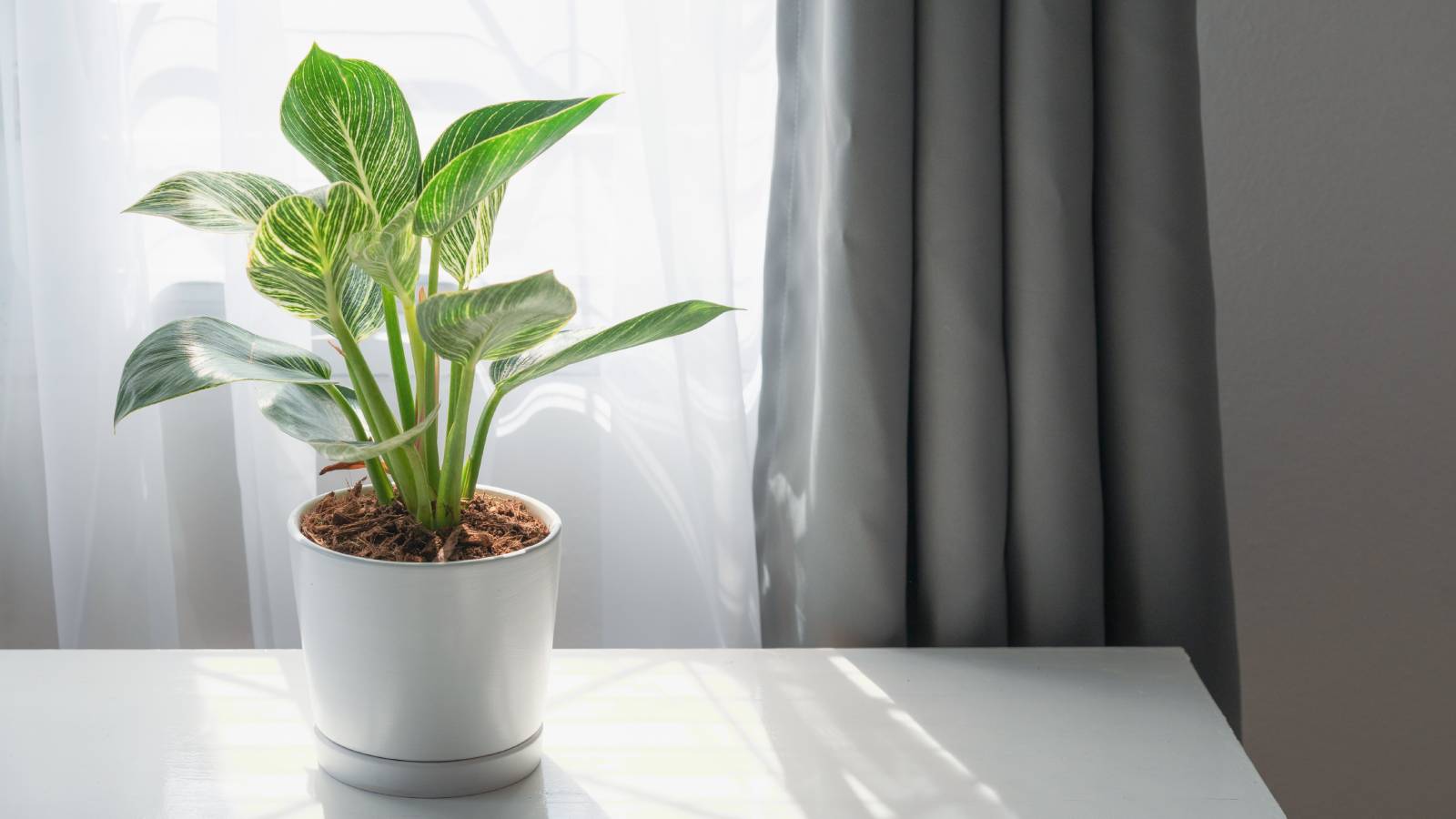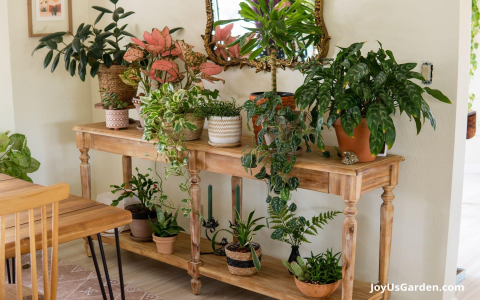Okay, so I gotta talk about this whole “indirect light” thing for plants. For ages, I was just winging it. Plant looks sad? Uh oh. Maybe it needs more sun? Or less? Who knew! I definitely sent a few good plants to the big compost heap in the sky because I just didn’t get it.
My Big Light Bulb Moment (Pun Intended!)
So, I finally got fed up. I actually started, you know, looking at the light in my house. Like, properly looking. I’d sit there with my morning coffee and just watch where the sunbeams landed, how bright different spots were, and how it all changed during the day. Sounds a bit daft, I know, but it was a game-changer.

I used to think “bright” meant sticking a plant right on the windowsill where it got blasted by the sun for hours. Bad idea. Real bad. Especially for some of my more delicate leafy buddies. They got crispy edges, looked miserable. That, my friends, is direct sun, and a lot of houseplants just can’t take that kind of interrogation-lamp treatment.
So What IS This “Indirect Light” Mumbo Jumbo?
Alright, so after all my staring and plant-sacrificing, here’s what I figured out about indirect light. It’s basically bright light, but the sun isn’t hitting your plant directly. Think of it like this:
- It’s the kind of light that fills a room, making it bright enough to read a book easily, but you don’t see sharp, harsh sunbeams on the plant itself.
- Imagine the sun is shining right outside your window. Indirect light is the light that’s bounced off the walls, the ceiling, maybe even the building across the street, before it gets to your plant. It’s softer, more diffused.
- You can often find it a few feet away from a sunny window (east-facing is usually great for this, or a bit back from a south or west window).
- Sometimes, a sheer curtain can turn direct sunlight into indirect light. I tried that, and it actually worked pretty well for some!
My big test was always this: can I see my hand’s shadow clearly on the plant or the wall behind it? If the shadow is super sharp and dark, it’s probably too direct. If it’s a softer, fuzzier shadow, or no strong shadow at all but the area is still really well-lit, then bingo! That’s your sweet spot.
I started moving my plants around based on this. Some went further from the windows. Some got new spots in rooms I hadn’t even considered before. And you know what? They started looking happier. Greener. Less… well, less dead.
It’s not rocket science, honest. It’s just about actually observing what’s happening with the light in your own space. Once I stopped just guessing and started paying attention, it all clicked. So yeah, that’s my two cents on indirect light. No fancy gear needed, just your eyes and a bit of patience. My plants are definitely thanking me for it.





















